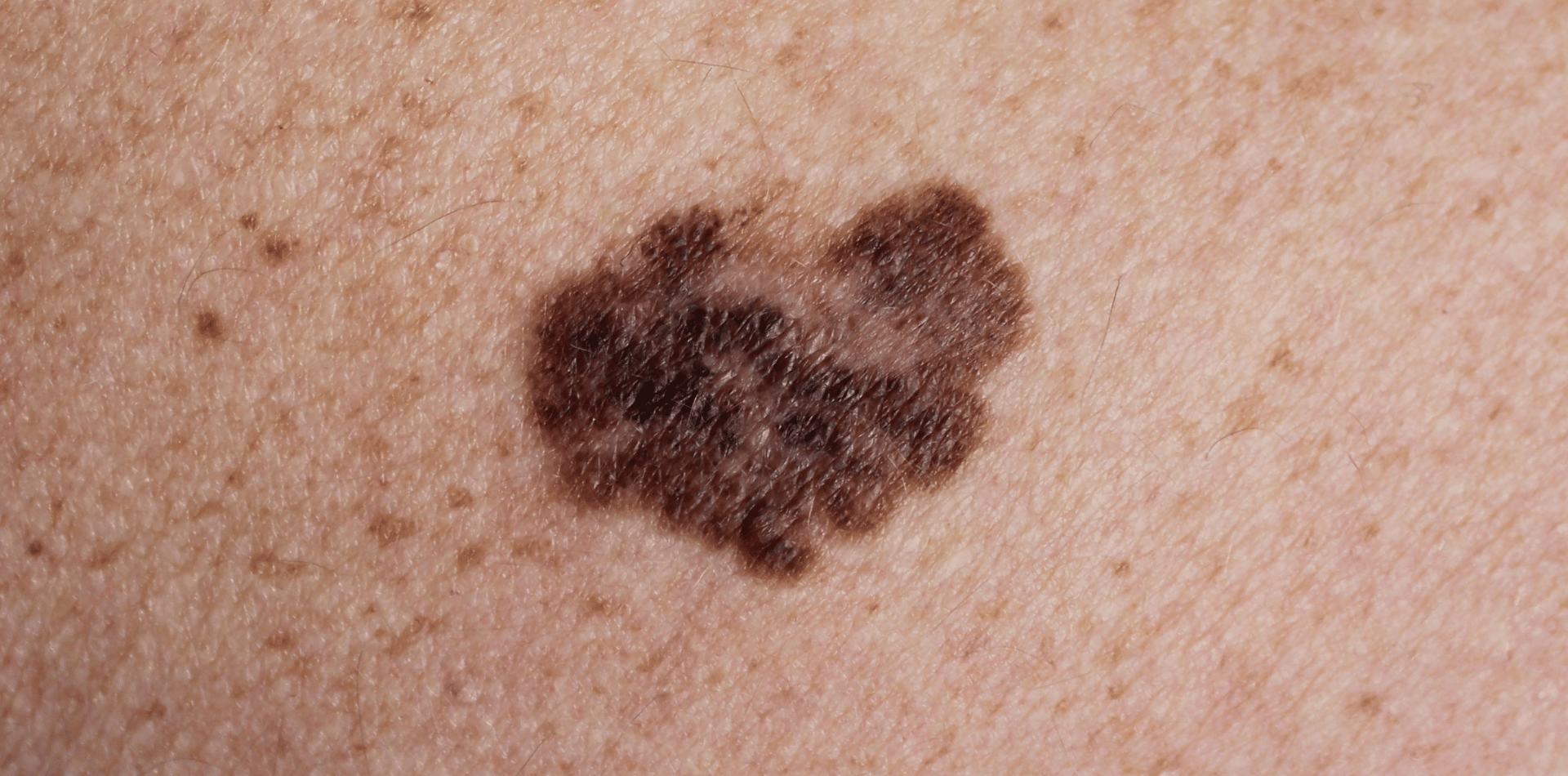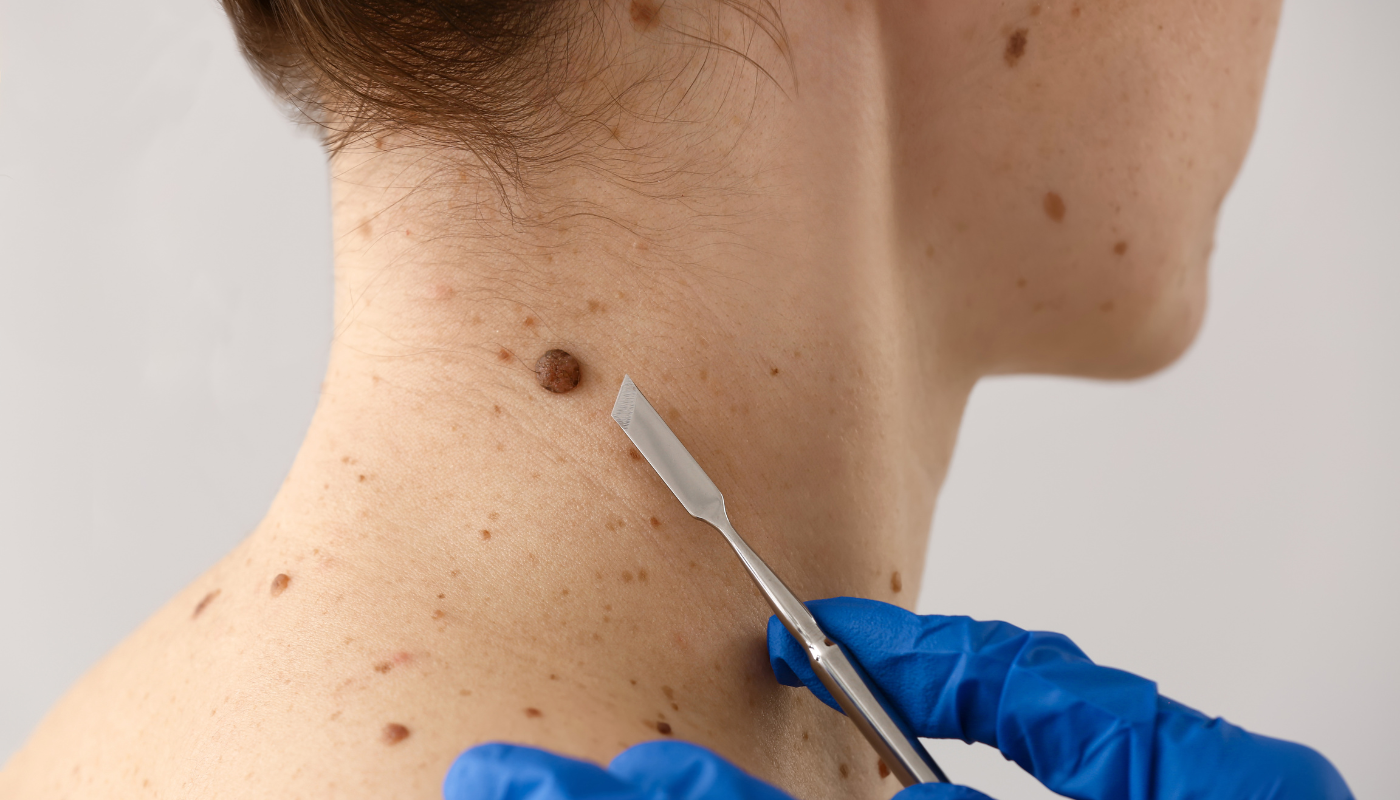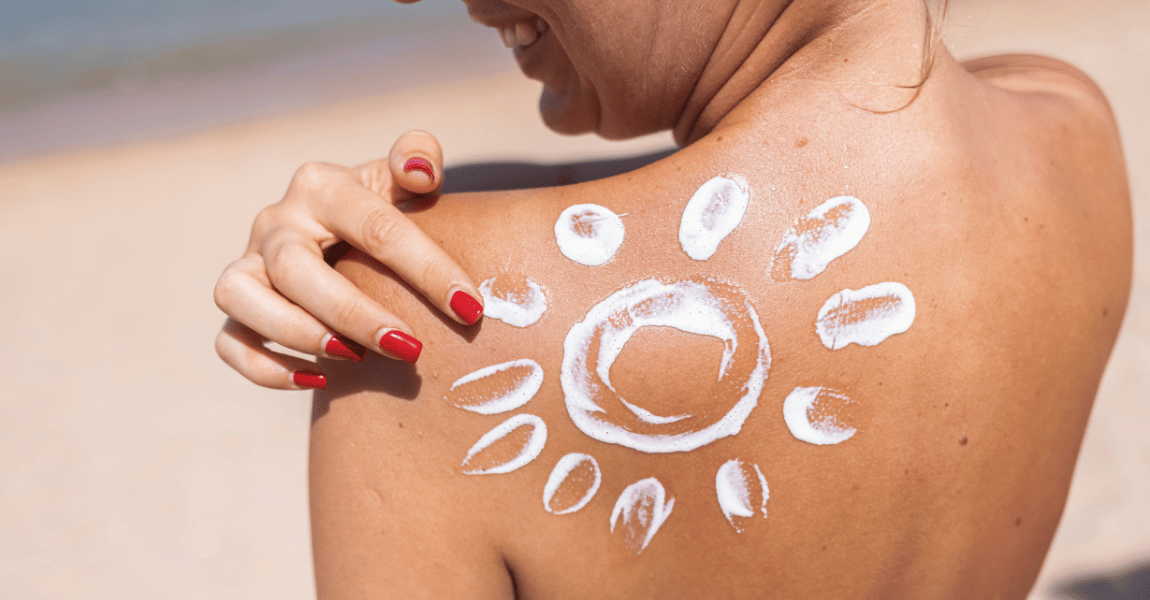How is melanoma different from other skin cancers?
Is Melanoma different from other skin cancers?

Melanoma is one of several types of skin cancer, but it stands out due to its ability to spread more rapidly and its potential deadliness.
To understand how melanoma differs from other skin cancers, it's essential to know the primary types of skin cancer and their key characteristics.
Types of Skin Cancer
Basal Cell Carcinoma (BCC)
- Origin: BCC arises from the basal cells, which are found in the deepest layer of the epidermis (outermost layer of skin).
- Appearance: It often looks like open sores, red patches, pink growths, or shiny bumps. They may ooze or bleed and appear as a sore that doesn’t fully heal.
- Frequency: BCC is the most common type of skin cancer.
- Aggressiveness: BCCs are typically slow-growing and rarely metastasize (spread) to distant parts of the body. However, they can cause local damage and disfigurement if not treated.
- Areas affected: It often develops in sun-exposed areas, like the face, ears, neck, and back of the hands.
Squamous Cell Carcinoma (SCC)
- Origin: It arises from squamous cells, which are flat cells on the surface of the skin that shed continuously as new ones form.
- Appearance: SCC often appears as firm red nodules or flat lesions with a scaly or crusted surface.
- Frequency: It is the second most common type of skin cancer.
- Aggressiveness: SCC is more likely to grow deep and spread to other parts of the body compared to BCC, but less likely than melanoma. Early detection and treatment usually prevent metastasis.
- Areas affected: It commonly appears on sun-exposed areas like the face, ears, neck, lips, and back of the hands. It can also develop in scars or chronic skin sores.
Melanoma
- Origin: Melanomas develop from melanocytes, the cells that produce melanin—the pigment that gives skin, hair, and eyes their colour.
- Appearance: It can arise from existing moles or appear as new dark spots on the skin. Remember the ABCDE rule (Asymmetry, Border irregularity, Colour variegation, Diameter larger than a pencil eraser, and Evolution).
- Frequency: Melanoma is less common than BCC and SCC but is the deadliest form of skin cancer.
- Aggressiveness: It is known for its rapid ability to spread (metastasize) to lymph nodes and other parts of the body, including vital organs.
- Areas affected: Melanoma can develop anywhere on the body, even in areas not exposed to the sun. Common sites include the back in men and the legs in women. However, it can also develop on the palms, soles, under the nails, or even in the mouth.

Key Differences
Origination:
Melanoma originates from melanocytes, while BCC and SCC arise from different types of skin cells.
Aggressiveness:
While BCC and SCC can be invasive and destructive locally, melanoma is particularly known for its ability to spread rapidly to other parts of the body, making it more lethal.
Appearance:
Melanomas often present as dark or multicolored spots, while BCCs and SCCs have varied appearances that can include red patches, open sores, and shiny bumps.
Frequency:
Melanoma is less common than both BCC and SCC, but it's responsible for the majority of skin cancer deaths.
While melanoma is distinct in its characteristics and behaviour compared to other skin cancers, all skin cancers warrant attention and care.
Regular skin check-ups, self-examinations, and sun protection measures can aid in early detection and prevention.
If you have any suspicion or concern regarding a skin lesion, it's essential to consult with a dermatologist promptly.
More Skin Tips.
CoreBodi










| Powered by Kaptol Media


